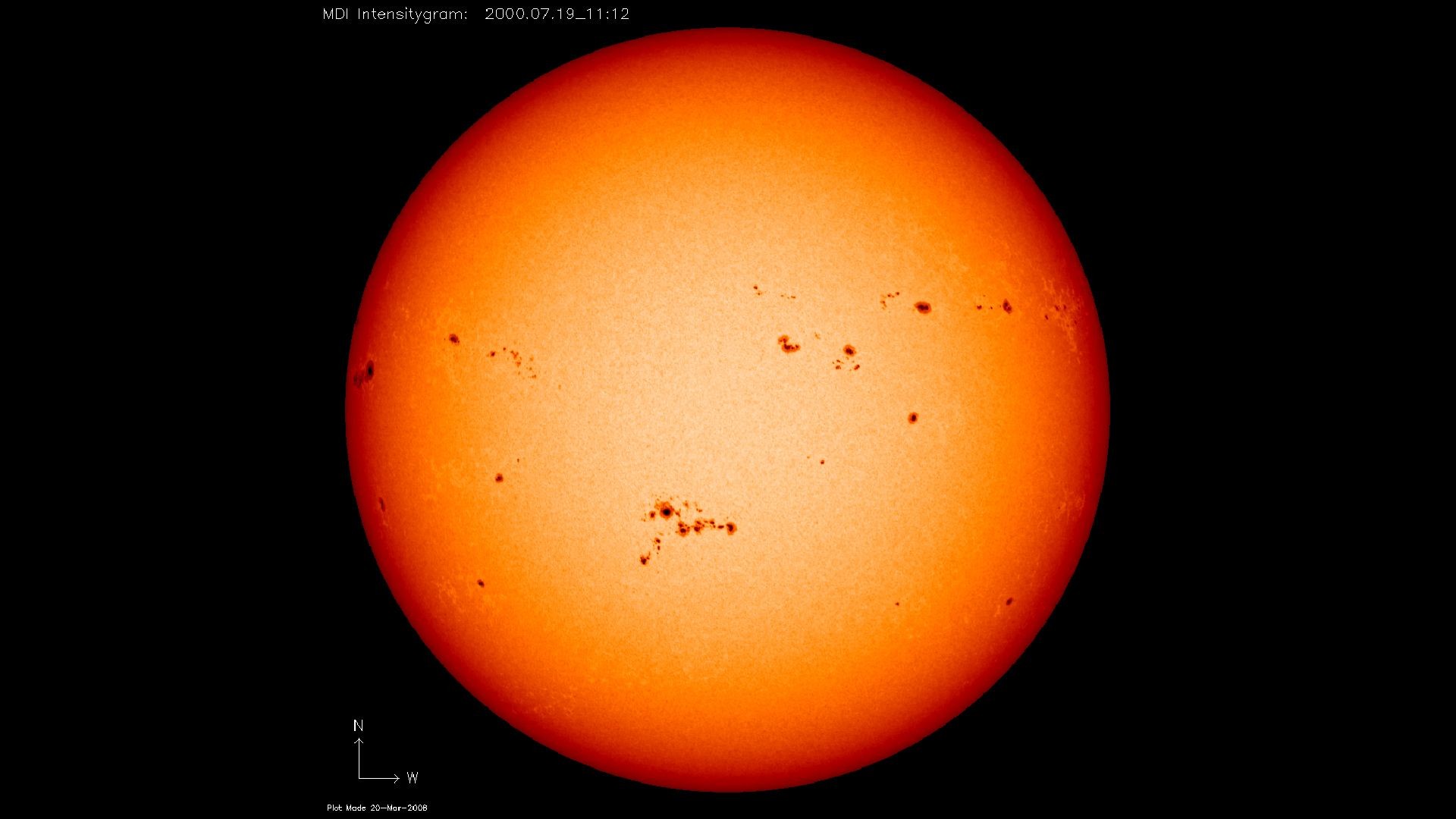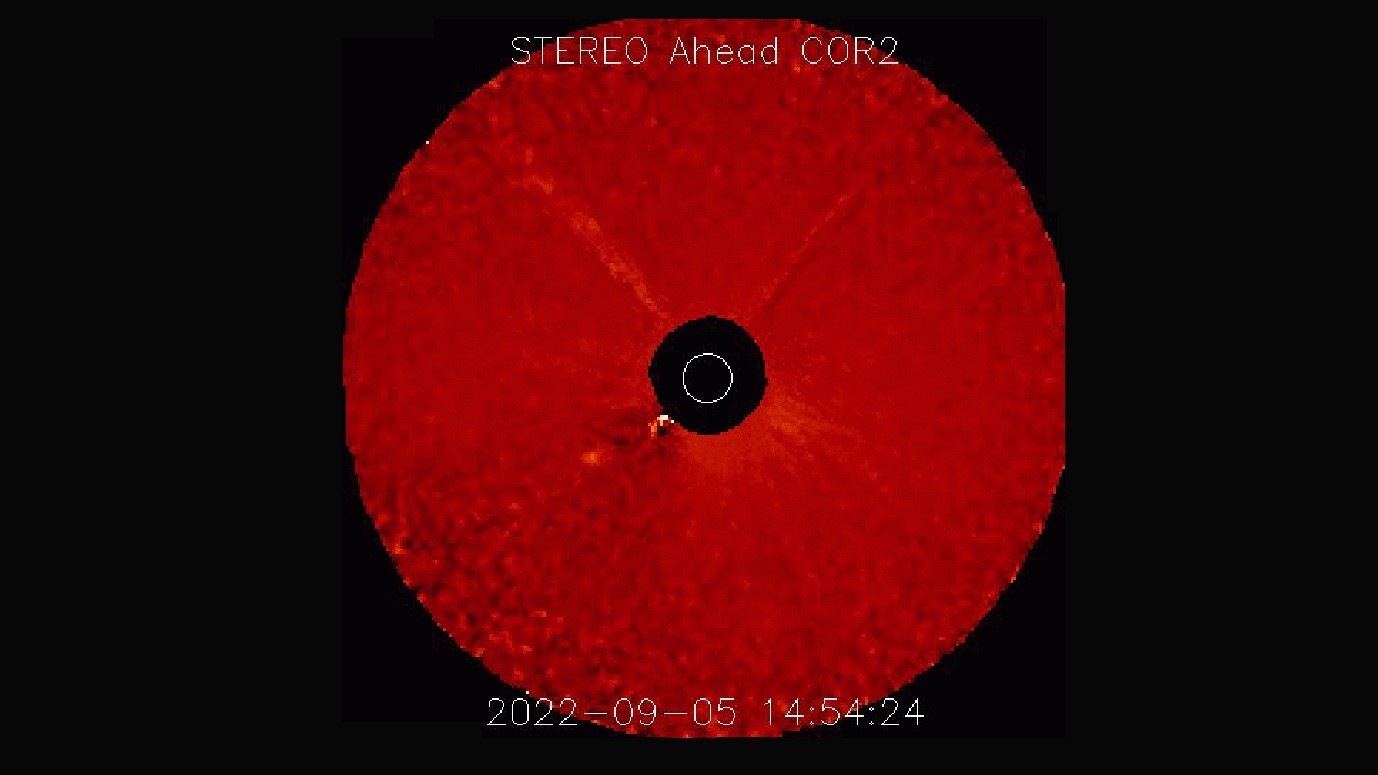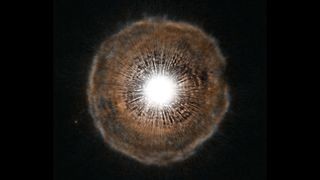The sun’s mass compared to Earth’s mass is staggering; the sun outweighs our planet by a factor of 333,000. Explore with COMPARE.EDU.VN the profound implications of this mass disparity, from the sun’s energy production to its ultimate fate, understanding how it shapes our solar system. Discover the fascinating comparison and differences, solar system dominance, and stellar evolution insight.
Table of Contents:
- Understanding Mass: A Basic Definition
- The Sun’s Mass in Numbers
- Sun’s Mass and Solar System Dynamics
- How the Sun Compares to Other Stars: A Stellar Perspective
- The Sun’s Mass Loss: How and Why
- The Sun’s Future: Mass and Stellar Evolution
- Frequently Asked Questions (FAQs)
- Conclusion: The Sun’s Dominance and Our Understanding
1. Understanding Mass: A Basic Definition
What exactly is mass?
Mass is a fundamental property of matter that measures its resistance to acceleration. According to Britannica, mass quantifies the amount of “stuff” in an object, determining how much force is required to change its motion. It is a measurement of a body’s resistance to change in its speed or position when a force is applied. The standard unit of mass is the kilogram (kg), approximately equivalent to 2.2 pounds.
While mass is often used interchangeably with weight in everyday language, they are distinct concepts. Weight is the measure of the gravitational force exerted on an object, whereas mass remains constant regardless of the gravitational environment. For instance, a rubber ball’s mass stays the same whether on Earth or the moon, but its weight differs due to varying gravitational pulls.
Mass vs. Weight: Key Differences
Understanding the difference between mass and weight is crucial in physics and astronomy.
| Feature | Mass | Weight |
|---|---|---|
| Definition | Measure of an object’s resistance to acceleration | Measure of gravitational force on an object |
| Unit | Kilogram (kg) | Newton (N) |
| Dependence | Independent of gravity | Dependent on gravity |
| Variability | Constant for an object | Varies with gravitational field |
| Measurement | Using a balance to compare with a known mass | Using a weighing scale to measure force |



2. The Sun’s Mass in Numbers
What is the sun’s mass, and how does it compare to Earth?
The sun’s mass is approximately 2 x 10^30 kilograms (4.4 x 10^30 lbs), which is about 333,000 times the mass of Earth. This immense mass is vital for the sun’s energy production and its gravitational influence on the solar system. This value, known as a solar mass, serves as a standard unit for measuring the masses of other stars. The sun’s mass is not only crucial for its current energy output but also dictates the future of our solar system and the star itself.
This staggering figure highlights the sun’s dominance within our solar system. Its immense gravity dictates the orbits of all planets, asteroids, and comets.
Visualizing the Scale
To truly grasp the scale of the sun’s mass, consider the following:
- If you could combine the masses of all the planets in our solar system, they would still only account for about 0.2% of the sun’s mass.
- You would need 333,000 Earths to equal the mass of the sun.
- The sun’s mass is more than 1,000 times greater than that of Jupiter, the largest planet in our solar system.
Importance of the Sun’s Mass
The sun’s substantial mass has several critical implications:
- Energy Production: The sun’s mass creates immense pressure and temperature in its core, facilitating nuclear fusion reactions that generate light and heat.
- Gravitational Influence: The sun’s gravity holds the solar system together, dictating the orbits of planets and other celestial bodies.
- Stellar Evolution: The sun’s mass determines its lifespan and eventual fate. It will eventually evolve into a red giant and then a white dwarf.
3. Sun’s Mass and Solar System Dynamics
How does the sun’s mass influence the dynamics of our solar system?
The sun contains 99.8% of the solar system’s total mass, according to NASA. This dominance shapes the orbits and interactions of all celestial bodies within its gravitational reach. About 4.6 billion years ago, a collapsing disk of gas and dust gave birth to the sun, with leftover material forming a planetary nebula from which the planets emerged.
Influence on Planetary Orbits
The sun’s massive gravity dictates the elliptical paths of planets, asteroids, and comets. Planets closer to the sun experience stronger gravitational pull and thus have shorter orbital periods. For example, Mercury, the innermost planet, orbits the sun in approximately 88 Earth days, whereas Neptune, the farthest planet, takes about 165 Earth years.
Comparison with Other Planets
Jupiter, the most massive planet in our solar system, has a mass of 1.9 × 10^27 kg, making the sun approximately 1,000 times more massive. Earth’s mass is around 5.9 x 10^24 kg, further emphasizing the sun’s overwhelming dominance.
The Barycenter of the Solar System
The barycenter, or center of mass, of the solar system is the point around which all objects orbit. Due to the sun’s immense mass, the barycenter is located very close to the sun’s center. However, the positions of the planets do cause the barycenter to shift slightly over time.
Solar System Stability
The sun’s mass ensures the stability of the solar system. Its gravitational pull keeps planets in stable orbits, preventing them from drifting away or colliding with each other.
4. How the Sun Compares to Other Stars: A Stellar Perspective
How does the sun’s mass measure up when compared to other stars in the universe?
Our sun, while seemingly enormous to us, falls somewhere in the middle range when compared to other stars. According to Albert Zijlistra, a professor of astrophysics at Manchester University, the lowest-mass stars have about 10% of the sun’s mass, while the most massive stars can be hundreds of times more massive. Despite not being the largest, the sun is still more massive than the majority of stars.
Mass Range of Stars
The mass of stars can vary widely:
- Lowest-mass stars: Around 0.1 solar masses
- Sun-like stars: Approximately 1 solar mass
- Most massive stars: Up to 200-300 solar masses or more
Comparison with Other Stars
- R136a1: The most massive star discovered is estimated to have a mass between 170 and 230 times that of the sun. This Wolf-Rayet star is on the verge of a supernova explosion.
- EBLM J0555–57Ab: This dwarf star has a mass of about 0.081 times that of the sun, comparable to Saturn.
Stellar Populations
Most stars in the universe have masses less than 20% of the sun’s mass. Stars with more than eight times the sun’s mass are rare, comprising less than 1% of the total star population.
Sun’s Position in the Stellar Spectrum
The sun is on the more massive side compared to most stars, especially when considering the overall population distribution. It is more massive than 99% of stars in our Milky Way galaxy.
| Star Type | Mass (Solar Masses) | Abundance | Characteristics |
|---|---|---|---|
| Red Dwarfs | 0.08 – 0.45 | Very Common | Small, cool, long-lived, low luminosity |
| Sun-like Stars | 0.8 – 1.2 | Common | Moderate size, temperature, and lifespan |
| Giant Stars | 0.3 – 8 | Less Common | Large, luminous, evolved stars |
| Supergiant Stars | 8 – 70+ | Rare | Extremely large and luminous, short-lived, end their lives as supernovae |
| Hypergiant Stars | 100+ | Very Rare | The most massive and luminous stars known, extremely unstable |
5. The Sun’s Mass Loss: How and Why
How does the sun lose mass, and what are the implications?
The sun is constantly losing mass through several processes: nuclear fusion, solar wind, and coronal mass ejections.
Nuclear Fusion
Nuclear fusion in the sun’s core converts hydrogen into helium, releasing energy in the process. According to Einstein’s famous equation, E = mc², a small amount of mass is converted into energy. This is the primary way the sun loses mass.
Solar Wind
The sun emits a constant stream of charged particles called the solar wind, traveling at speeds of up to 1.6 million km per hour. This phenomenon carries about 1.5 million metric tons of material away from the sun each second.
Coronal Mass Ejections (CMEs)
CMEs are violent events in which the sun releases billions of tons of material into space. These ejections are caused by twisted magnetic field structures in the sun’s lower atmosphere.
Rate of Mass Loss
The sun loses approximately 4.3 billion kilograms of mass every second as energy due to nuclear fusion, according to Stanford University. Over a year, this amounts to about 1.5 x 10^17 kg of mass lost as energy.
Impact of Mass Loss
Despite the constant mass loss, the sun is so massive that it has lost only a tiny fraction of its total mass over billions of years. This mass loss has little impact on the sun’s overall structure or its gravitational influence on the solar system.
6. The Sun’s Future: Mass and Stellar Evolution
What will happen to the sun’s mass as it evolves, and how will this affect the solar system?
As the sun ages, its mass will play a critical role in its evolution and the fate of our solar system.
Main Sequence
For the next 5 billion years, the sun will continue to fuse hydrogen into helium in its core, maintaining its current mass and energy output.
Red Giant Phase
When the sun exhausts its hydrogen fuel, it will enter the red giant phase. The core will collapse, and the outer layers will expand, increasing the sun’s diameter up to 200 times its current size. During this phase, the sun will lose mass at an accelerated rate due to intensified stellar winds, shedding about 4.9 x 10^20 metric tons of mass each year.
Planetary Nebula
The sun’s outer layers will eventually cool and drift away, forming a planetary nebula. The remaining core will become a white dwarf.
White Dwarf
The final stage of the sun’s life will be as a white dwarf, with a mass around half of its current mass and a diameter similar to Earth’s.
Implications for the Solar System
The sun’s evolution will have dramatic consequences for the solar system:
- Inner Planets: The inner planets, including Earth, will likely be engulfed by the expanding sun during the red giant phase.
- Outer Planets: The outer planets will experience significant changes in temperature and radiation levels.
- No Black Hole: The sun lacks the mass necessary to collapse into a neutron star or black hole.
Timeline of the Sun’s Evolution
| Stage | Time (Years) | Characteristics | Mass Change | Impact on Solar System |
|---|---|---|---|---|
| Main Sequence | 5 Billion | Stable hydrogen fusion, constant energy output | Gradual mass loss through nuclear fusion and solar wind | Relatively stable planetary orbits |
| Red Giant | 1 Billion | Core collapse, outer layer expansion, increased luminosity and size | Accelerated mass loss due to intensified stellar winds | Engulfment of inner planets, significant changes to outer planets |
| Planetary Nebula | 10,000 | Outer layers ejected, forming a nebula | Substantial mass loss, leaving behind the core | Gradual dispersal of outer layers, decreased gravitational influence |
| White Dwarf | Indefinite | Final stage, small, dense, and cooling core | Stable mass, slow cooling and fading over trillions of years | Reduced gravitational influence, outer planets continue to orbit at a greater distance |
7. Frequently Asked Questions (FAQs)
Here are some frequently asked questions about the sun’s mass and its implications:
- Q: How does the sun’s mass compare to other stars?
- A: The sun is of average mass compared to other stars. Some stars are much smaller, while others are significantly larger.
- Q: Is the sun losing mass?
- A: Yes, the sun is constantly losing mass through nuclear fusion, solar wind, and coronal mass ejections.
- Q: Will the sun become a black hole?
- A: No, the sun does not have enough mass to collapse into a black hole.
- Q: What will happen to Earth when the sun becomes a red giant?
- A: Earth will likely be engulfed by the expanding sun during the red giant phase.
- Q: How much mass does the sun lose each year?
- A: The sun loses approximately 1.5 x 10^17 kg of mass each year.
- Q: What is the solar mass unit?
- A: The solar mass unit is a standard unit used to measure the masses of other stars and celestial objects, equal to the mass of the sun.
- Q: How does the sun’s gravity affect the solar system?
- A: The sun’s gravity holds the solar system together, dictating the orbits of planets and other celestial bodies.
- Q: What is the ultimate fate of the sun?
- A: The sun will eventually become a white dwarf, a small, dense remnant of its former self.
- Q: How was the sun formed?
- A: The sun formed from a collapsing cloud of gas and dust about 4.6 billion years ago.
- Q: What is nuclear fusion, and how does it relate to the sun’s mass?
- A: Nuclear fusion is the process by which hydrogen atoms combine to form helium, releasing energy and converting a small amount of mass into energy.
8. Conclusion: The Sun’s Dominance and Our Understanding
Seeking clarity in comparisons?
The sun’s immense mass, 333,000 times that of Earth, dictates the dynamics of our solar system. From governing planetary orbits to powering life-sustaining energy, its influence is undeniable.
While the sun’s mass loss is continuous, its overall impact on the solar system remains minimal for billions of years. As the sun evolves into a red giant and eventually a white dwarf, its mass will determine the fate of our planetary neighbors.
Understanding the sun’s mass helps us appreciate its role in our solar system and provides insight into the life cycles of stars throughout the universe. For those looking to compare various aspects of space, the sun, and other celestial bodies, COMPARE.EDU.VN offers comprehensive comparisons and insights.
Ready to explore more? Visit compare.edu.vn at 333 Comparison Plaza, Choice City, CA 90210, United States, or contact us via WhatsApp at +1 (626) 555-9090 for all your comparison needs. Our detailed analyses will help you make informed decisions.